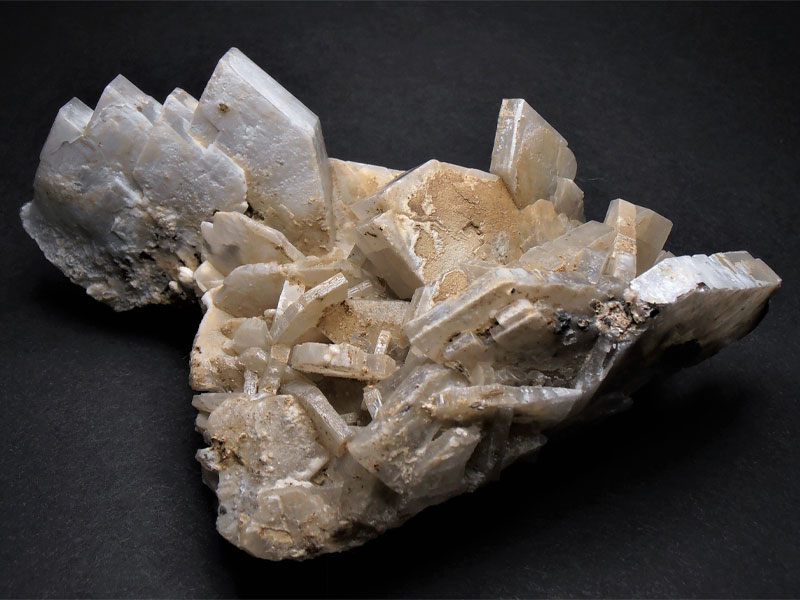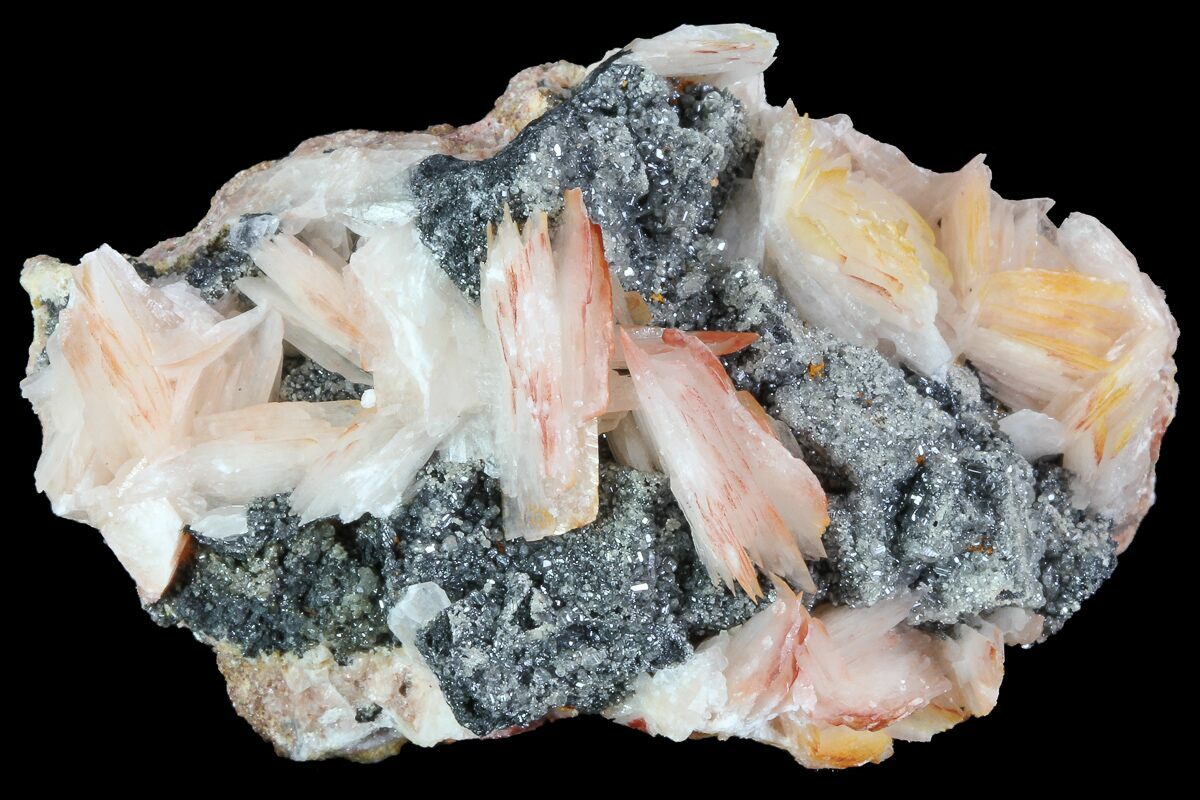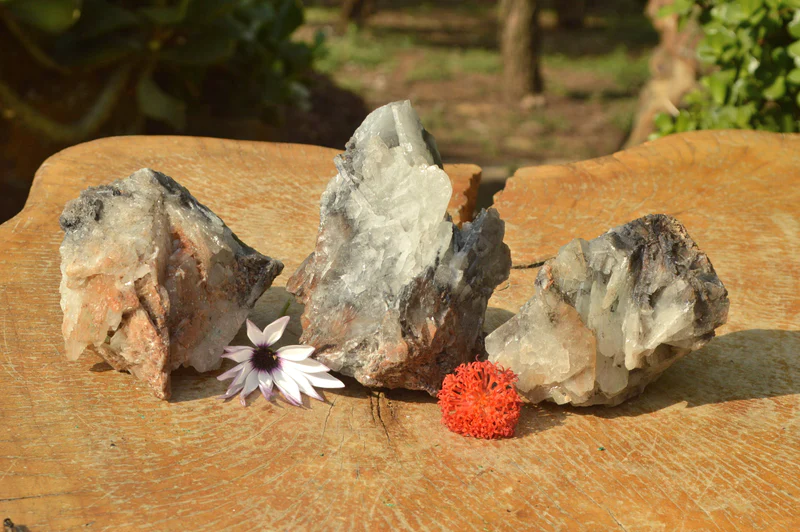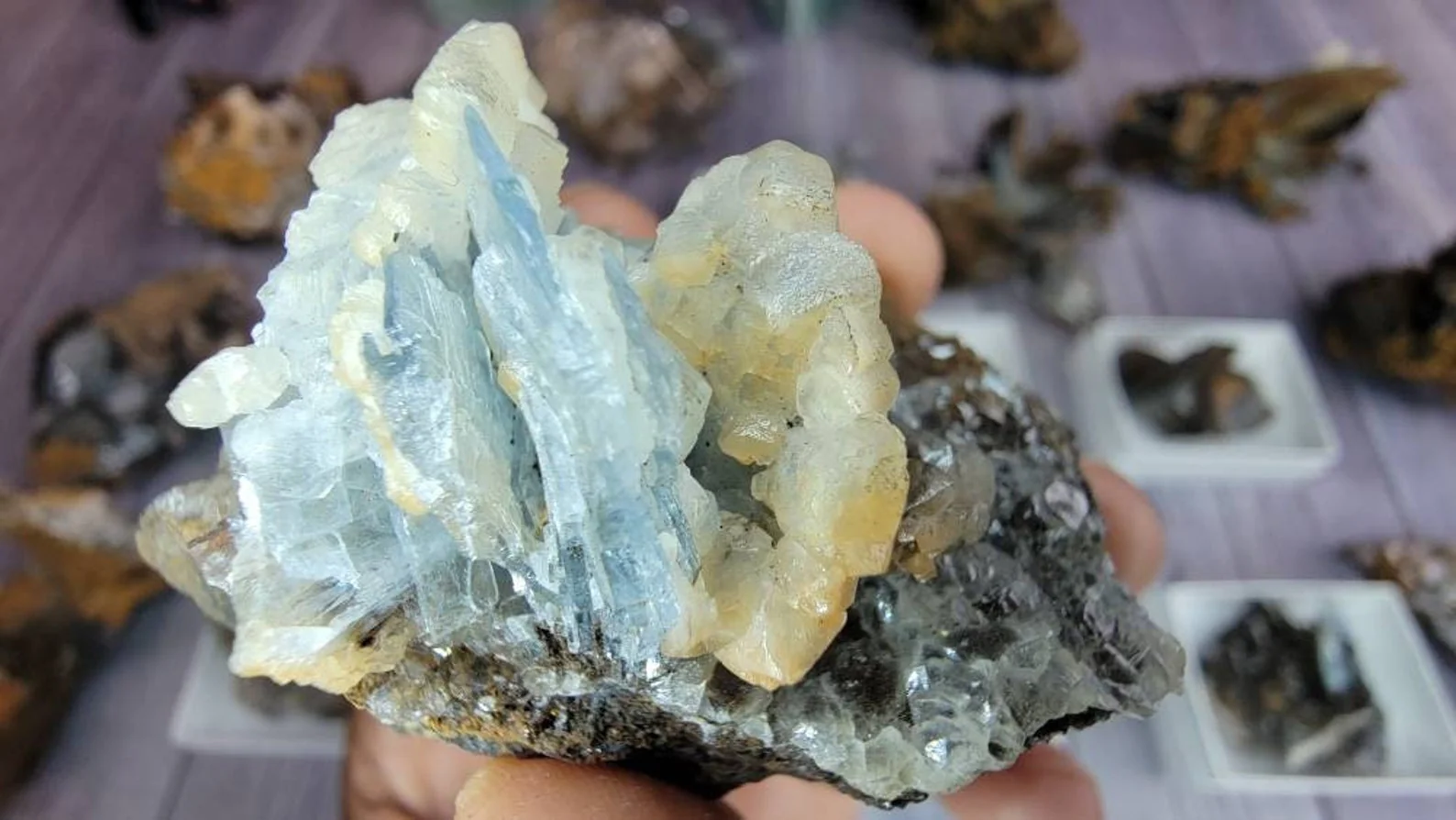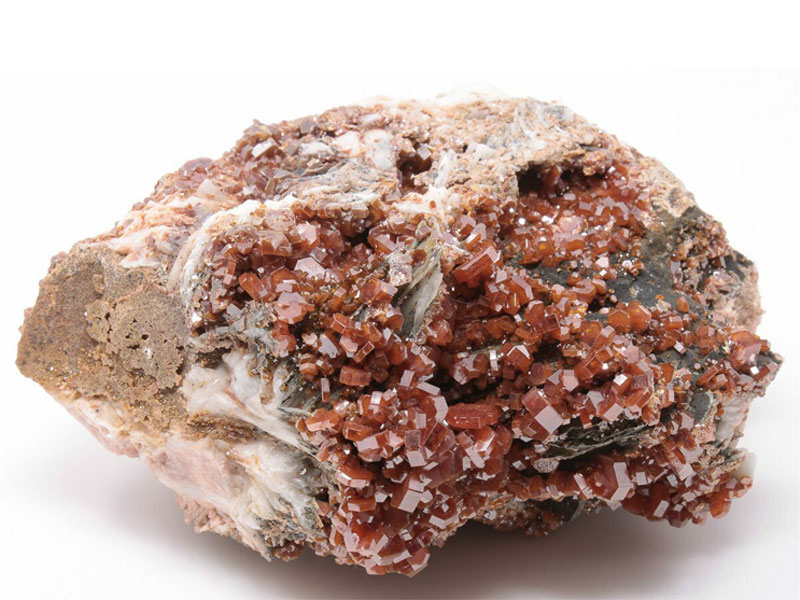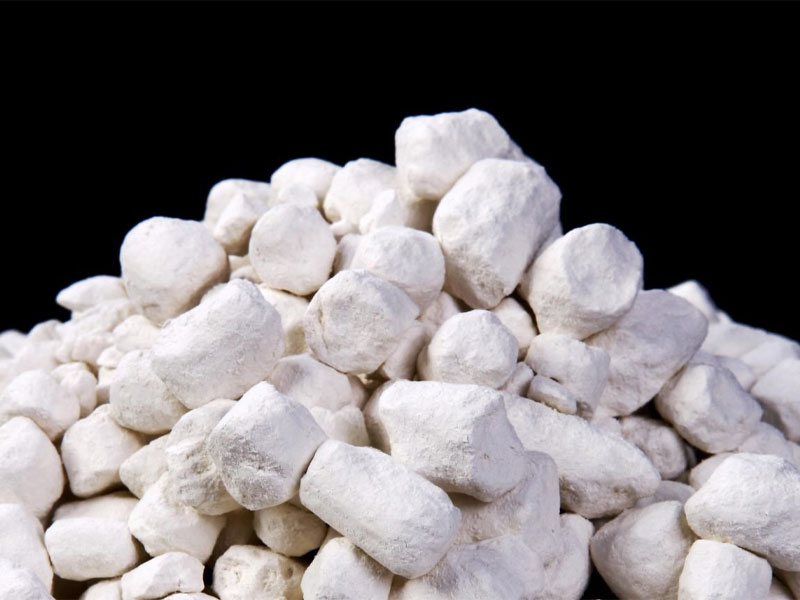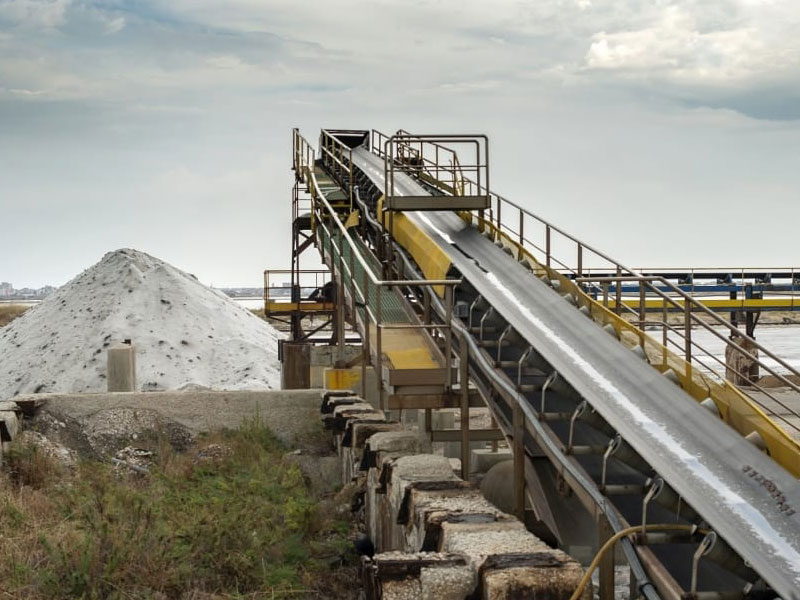What Is Barite?
Before we explore where barite can be found, let’s understand what this mineral is. Barite, also known as baryte, is a naturally occurring sulfate mineral composed of barium sulfate (BaSO4). It is highly dense and exhibits a variety of industrial uses due to its unique properties.
Geological Occurrence
Barite can be found in different types of geological deposits. Here are the primary categories:
Sedimentary Deposits
Sedimentary deposits of barite are the most common. They form through the deposition of barium-rich minerals over time, often in marine settings. These deposits are found in limestone, dolomite, and shale rocks.
Vein Deposits
Vein deposits of barite occur when barium-rich fluids fill fractures and cavities in rocks. These deposits are usually found in association with metallic ores.
Residual Deposits
Residual deposits result from the weathering and erosion of pre-existing barite-rich rocks. They often appear in the form of soil or clay.
Hydrothermal Deposits
Hydrothermal deposits are formed by the circulation of hot, mineral-laden fluids through rocks. Barite can be found in hydrothermal veins associated with volcanic activity.
Read More: Bentonite
Worldwide Distribution
Barite is widely distributed around the world, with significant deposits on every continent. Here’s a look at its presence in various regions:
North America
North America boasts substantial barite reserves, with major deposits in the United States and Mexico. In the U.S., Nevada, Georgia, and Missouri are known for their barite production.
Asia
In Asia, countries like China, India, and Pakistan are rich in barite reserves. These regions play a crucial role in supplying the mineral to various industries.
Europe
European countries, including the United Kingdom, Germany, and Romania, have sizeable barite deposits, primarily in association with lead-zinc ores.
Africa
In Africa, Morocco is renowned for its significant barite production. Other African nations, such as Nigeria, also contribute to the global supply.
South America
South America, especially Peru and Argentina, is known for its barite resources. These regions play a pivotal role in meeting the global demand for the mineral.
Read More: Wikipedia
Industrial Uses of Barite
Barite’s versatility is evident in its various industrial applications:
Oil and Gas Drilling
Barite is a crucial component in the drilling mud used in oil and gas exploration. Its high density helps control well pressure and prevents blowouts.
Paints and Coatings
In the paint and coatings industry, barite is used as a filler and extender, enhancing the quality and durability of products.
Pharmaceuticals
The pharmaceutical industry employs barite in the production of medications, where it acts as a filler in tablets and capsules.
Plastics
Barite is used in plastics to improve their density and reduce production costs.
Environmental Impact
The mining and extraction of barite can have environmental consequences, including habitat disruption and water pollution. Sustainable mining practices are essential to mitigate these effects.
Read More: Kaolin
Conclusion
In conclusion, barite is a versatile mineral with diverse geological occurrences across the globe. Its significance in various industries, coupled with its environmental implications, underscores the need for responsible extraction and usage.

